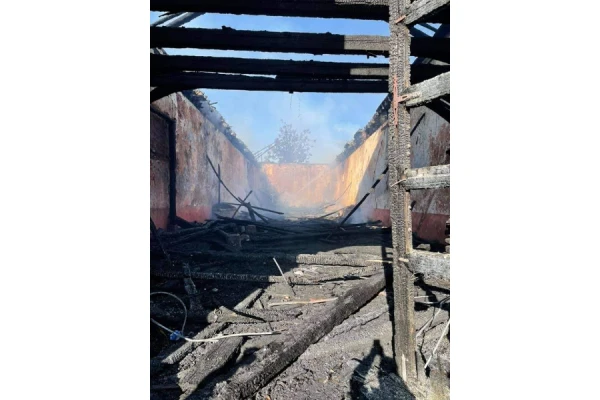
Morelia, Mexico, Mar 9, 2021 / 01:01 pm (CNA).- St. James the Apostle church in Nurio, in the Mexican state of Michoacán, was destroyed by a fire on Sunday.
The church building which dates to 1639, contained historical works of indigenous art preserved there for centuries. Its exterior walls are standing, but the roof and interior have been gutted.
Nurio is located about 80 miles west of Morelia.
Alejandra Frausto, the Mexican government’s Secretary of Culture, lamented the March 7 destruction of the church on Twitter.
“Devastating images of the fire in the Santiago Apóstol church in Nurio, Paracho district, Michoacán. One of the most beautiful churches in the world. We will provide all necessary support,” Frausto wrote.
The Archdiocese of Morelia posted March 7 on its Facebook page, “we join in prayer with the community of Nurio, Paracho district, Michoacán, in its profound pain over the burning of St. James the Apostle church,” one of “the most beautiful and rustic” in the region where the Purépecha indigenous people live.
“The cause of the fire is still unknown,” the archdiocese continued, noting that the roof “was the most affected part of the only church in Mexico with Novohispanic Purepecha art.”
In a subsequent March 8 post, the archdiocese said that the church, which “today appears practically in ashes,” was “an architectural jewel of incalculable value.”
If you value the news and views Catholic World Report provides, please consider donating to support our efforts. Your contribution will help us continue to make CWR available to all readers worldwide for free, without a subscription. Thank you for your generosity!
Click here for more information on donating to CWR. Click here to sign up for our newsletter.




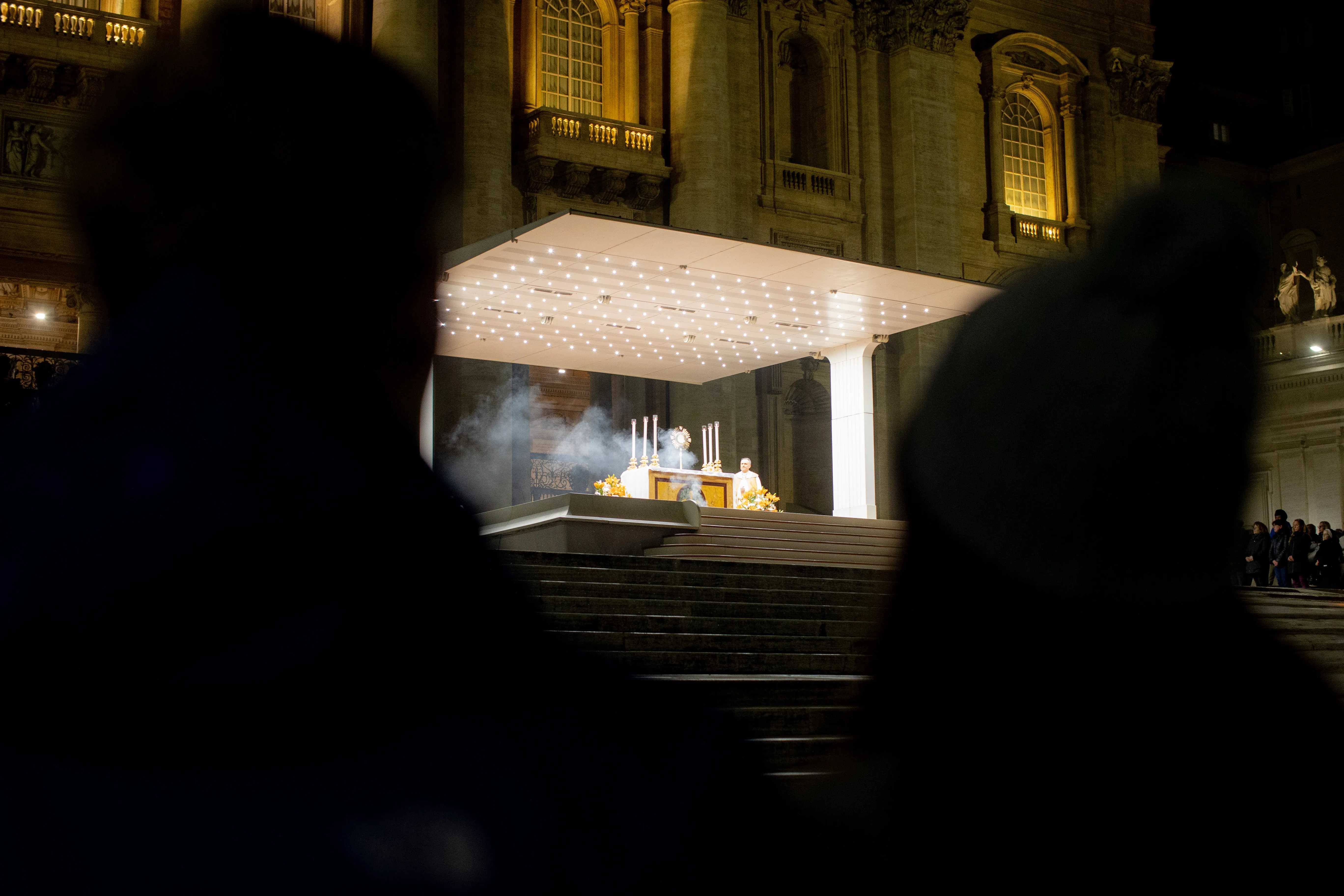


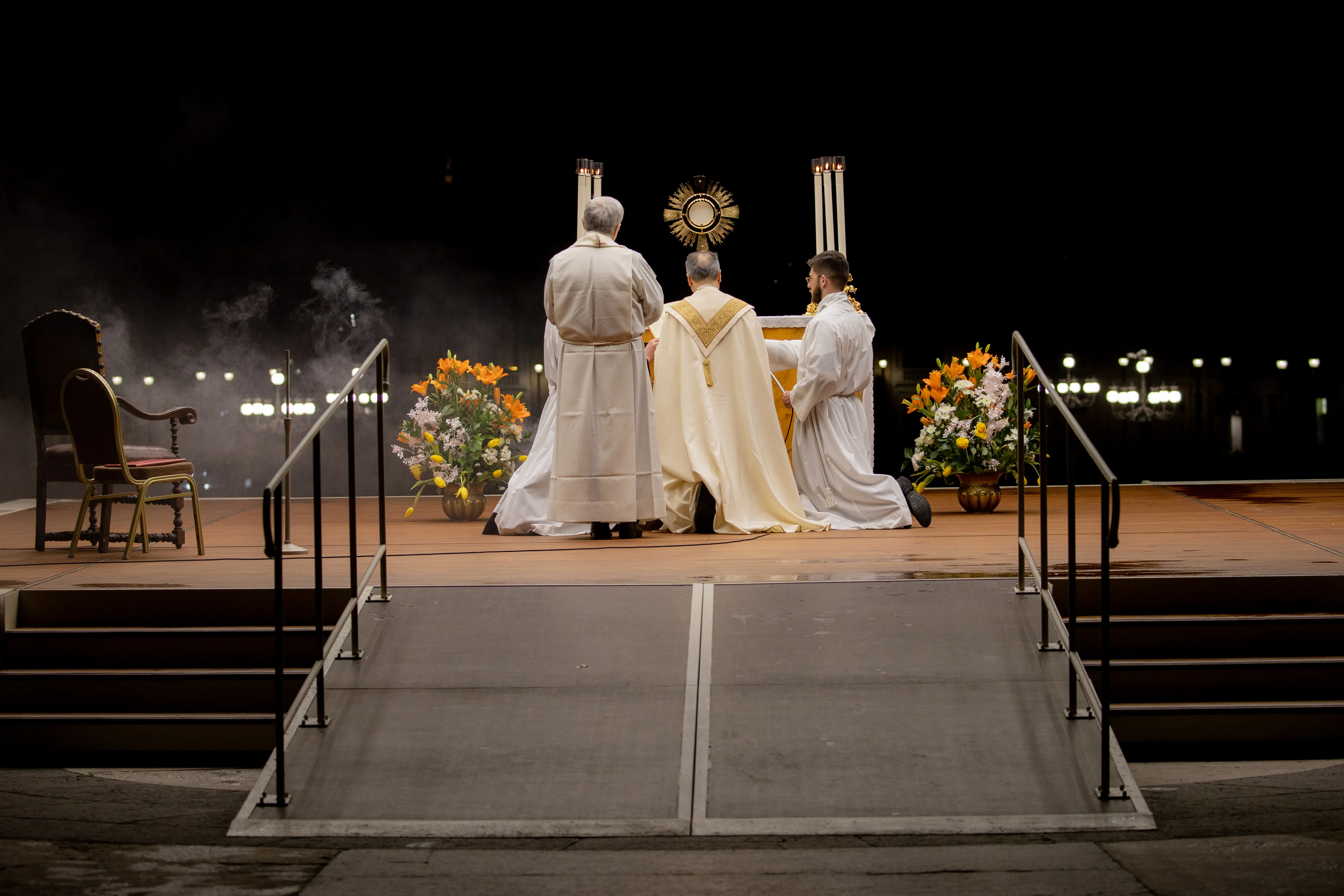
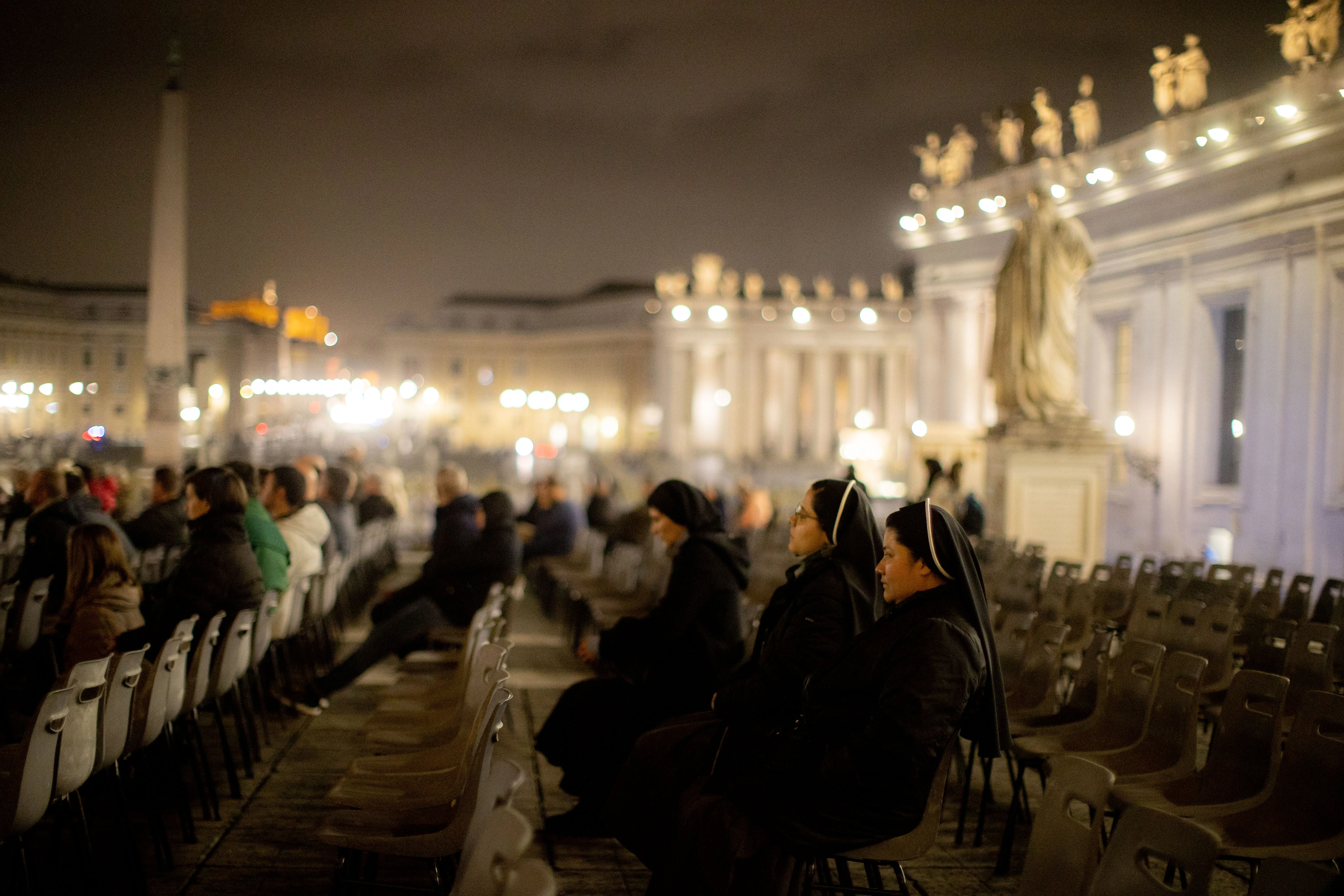
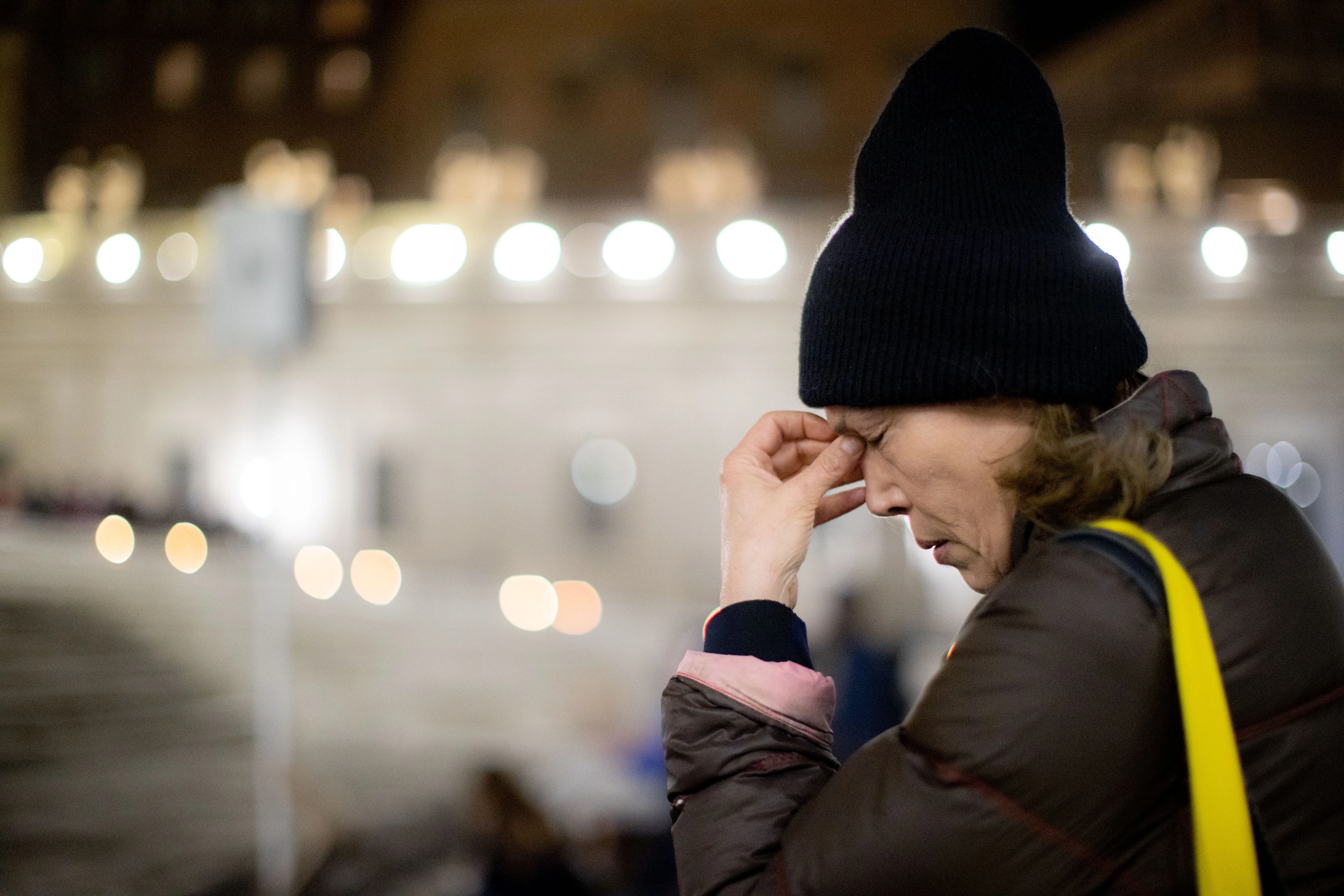

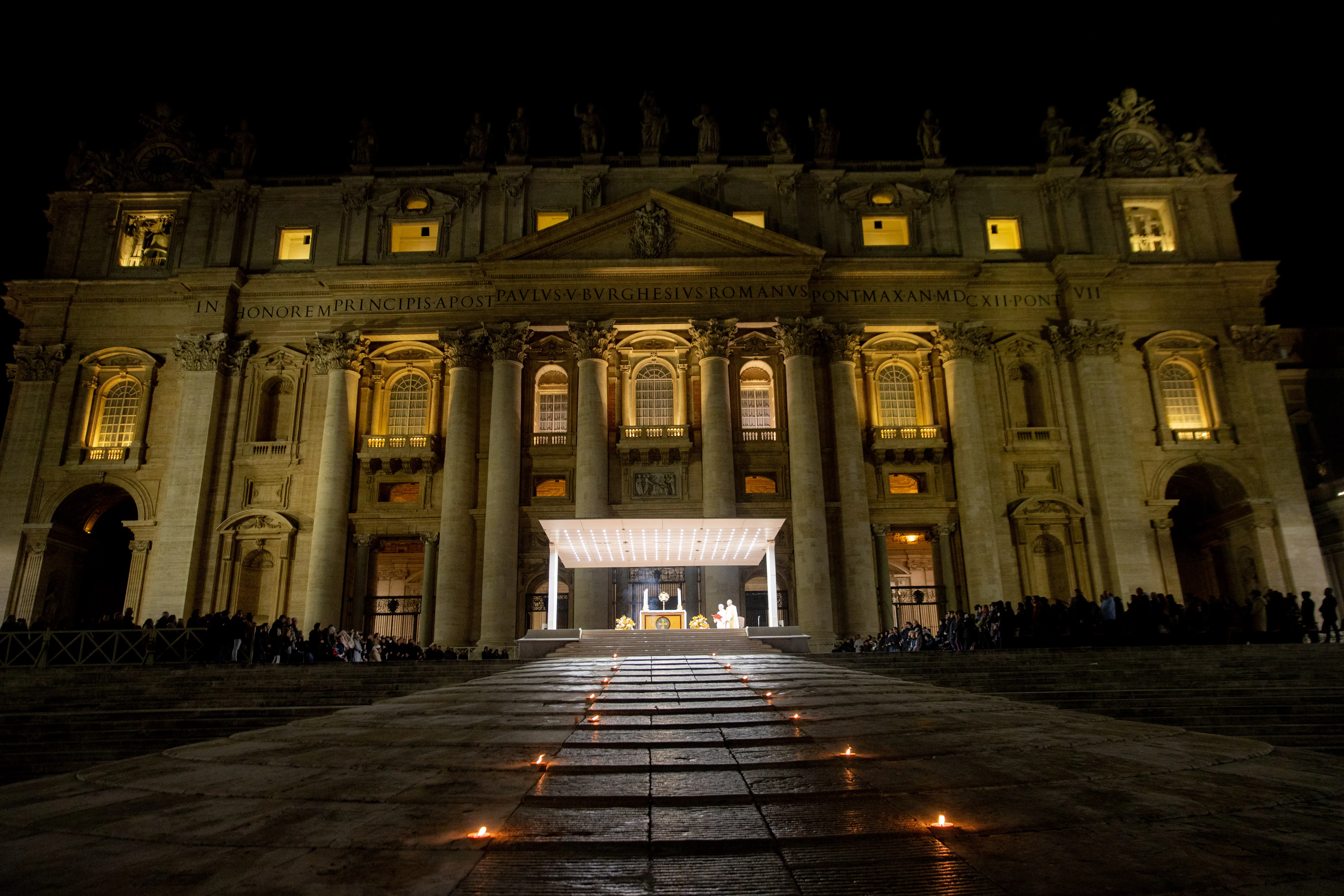
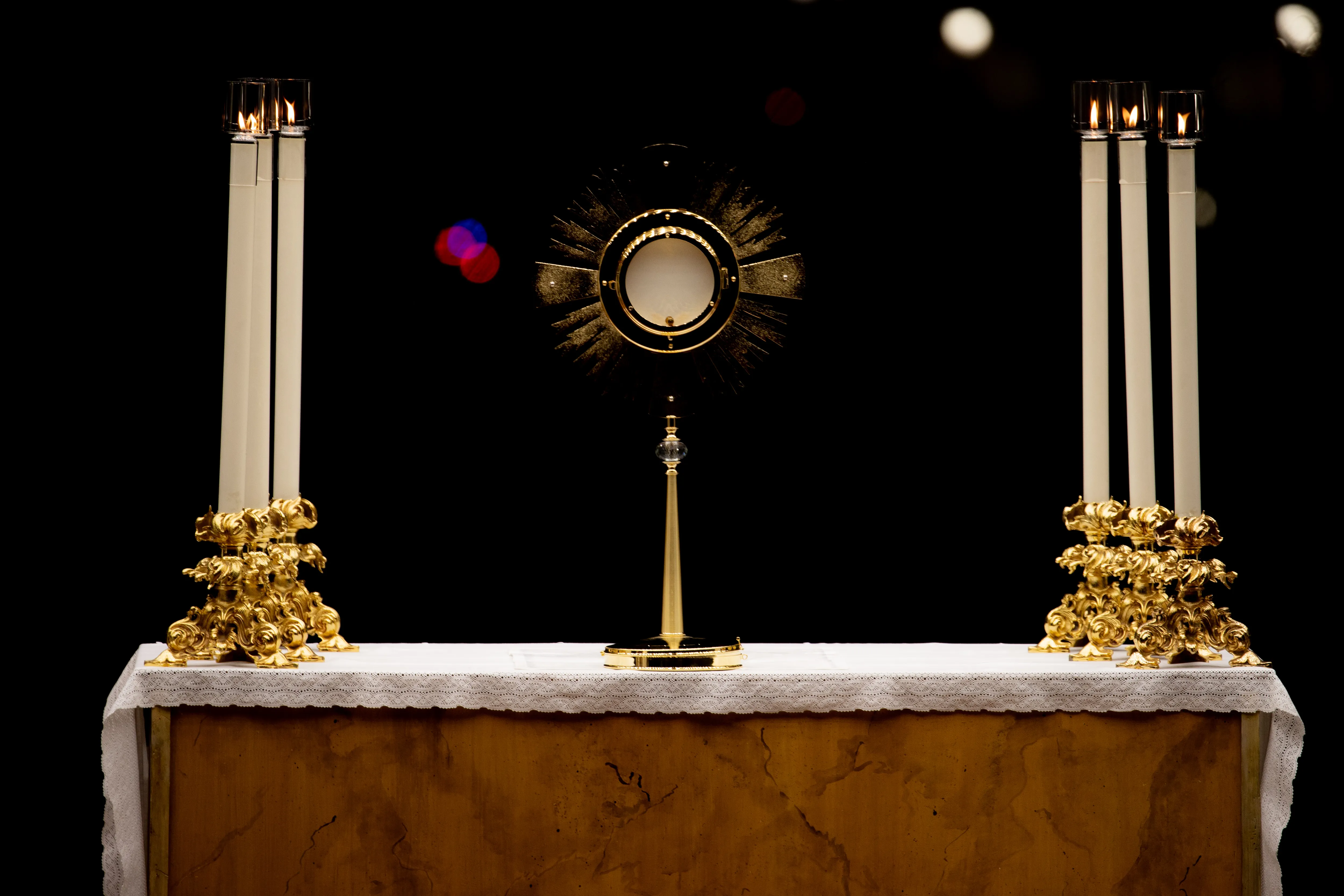
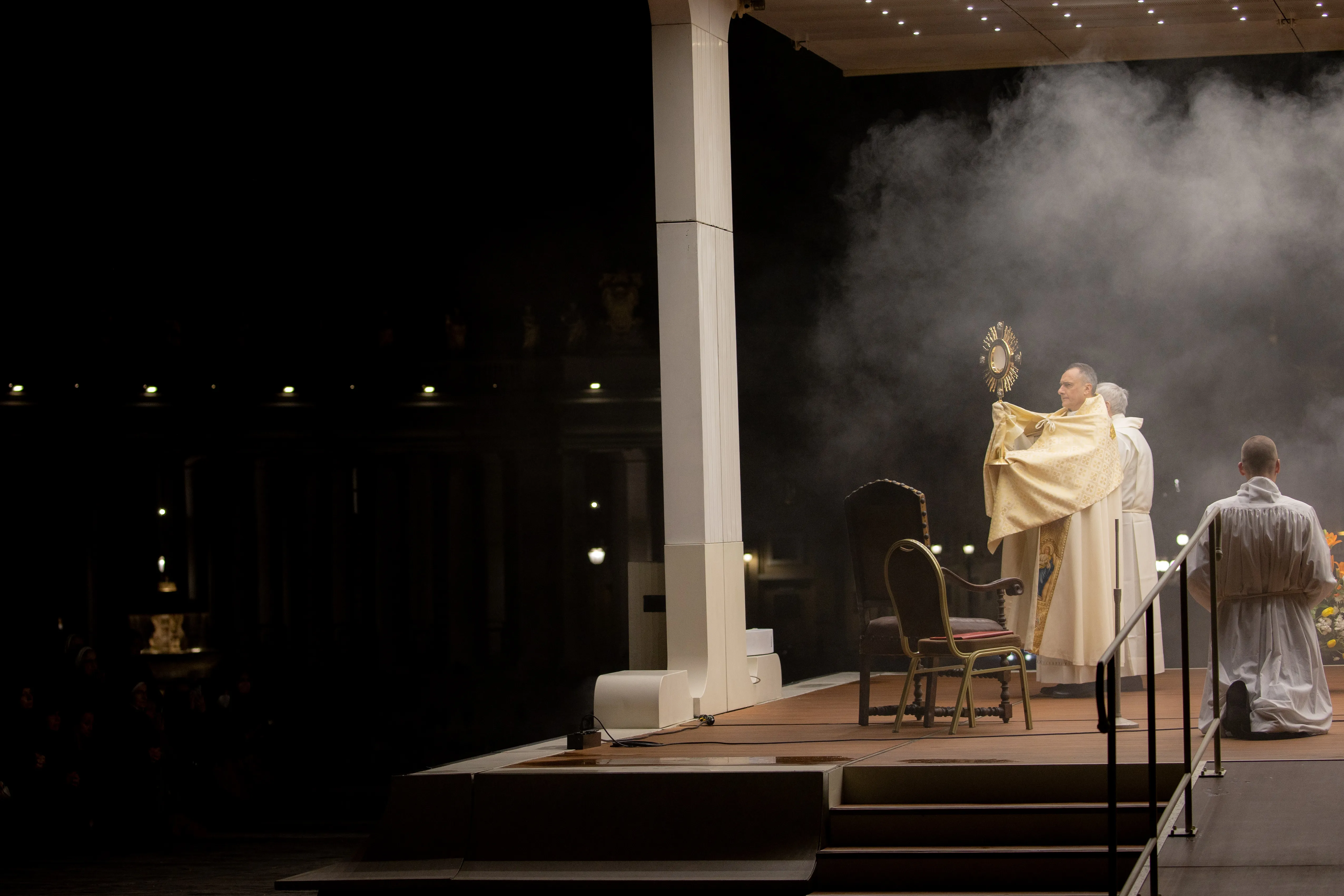
Leave a Reply